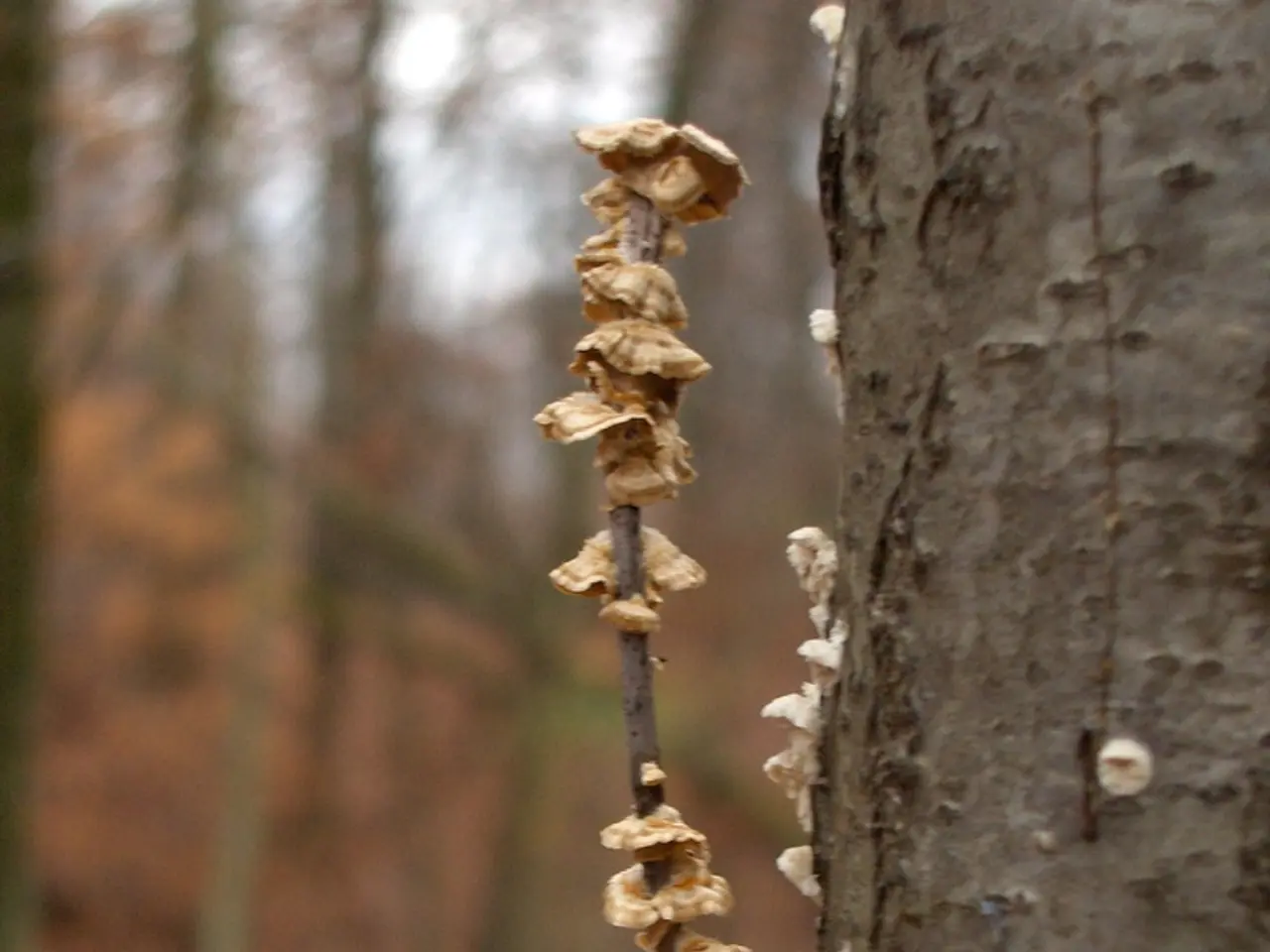Eliminating Fung gnats in Plant Soil: A Guide
Naturally Eliminating Fungus Gnat Infestations in Houseplants
Fungus gnats, tiny flies that are a common problem for houseplants, can be a nuisance for any plant enthusiast. These pests thrive in damp, soggy, and dirty conditions, and their larvae feed on the moist soil and decaying matter around the roots of houseplants.
To combat fungus gnat infestations, there are several natural methods you can employ.
Change your watering routine
By watering from the bottom up or allowing the soil to dry out between waterings, you can create a less welcoming environment for fungus gnats. Fungus gnat larvae thrive in moist soil, so reducing moisture can help deprive them of their feeding environment.
Replace or amend the soil
Removing the top 1-2 inches of soil where larvae live and replacing it with sterile potting mix can help eliminate the larvae. You can also add a 1/2-inch layer of diatomaceous earth or sand on top to deter gnats from laying eggs.
Use natural soil treatments
Sprinkling cinnamon powder or spraying diluted neem oil on the topsoil can help kill larvae. Both cinnamon and neem oil have natural antifungal and insecticidal properties.
Apply a hydrogen peroxide soil drench
Mixing hydrogen peroxide and water (usually a 1:4 ratio) and watering the soil with it can kill larvae without harming the plant. The bubbling action created by the hydrogen peroxide helps to eliminate the larvae.
Set traps for adult gnats
Sticky yellow traps can capture large numbers of adult gnats, while homemade traps made from apple cider vinegar, water, and a few drops of dish soap can attract and kill adult gnats.
By combining these methods—drying soil, soil replacement or treatment, and trapping adults—you can naturally disrupt the life cycle and eliminate fungus gnat larvae from your houseplants effectively.
If all else fails, repotting the plant with fresh, high-quality soil may be necessary. It's also important to check plants before bringing them inside to prevent fungus gnat infestations.
In summary, by maintaining a clean and dry environment, using natural soil treatments, and setting traps for adult gnats, you can effectively eliminate fungus gnat larvae from your houseplants.
Indoor plants can significantly enhance one's lifestyle, creating a serene and vibrant home-and-garden ambiance. However, maintaining their health requires vigilance against common problems like fungus gnat infestations.




